Deir el-Bahari; the stunning mortuary temple of the female pharaoh of Ancient Egypt, Hatshepsut, who was erased from history.
/What is there to see at Deir el-Bahari?
Your first view of Hatshepsut’s mortuary temple at Deer el-Bahari will leave you stunned. What an amazing place with some people believing that this is the most beautiful of all the Egyptian temples. To the left of her temple in the photo is the ruined temple of Montuhotep. He was another great pharaoh and so next to it was an ideal place to site her own mortuary temple.
Originally, the route to the temple would have been lined by sphinxes. Hatshepsup was also responsible for the famous line of sphinxes (see below) between the amazing temples of Karnak and Luxor.
Above and below; falcon gods. On one of her obelisks, Hatshepsut refers to herself as the female falcon and here at the entrance to her temple is Horus, the falcon god.
Above; as you reach the top terrace, you are confronted with loads of statues of Hatshepsut as Osiris.The Britannica website states the following about Osiris. “He was both a god of fertility and the embodiment of the dead and resurrected king. This dual role was in turn combined with the Egyptian concept of divine kingship: the king at death became Osiris, god of the underworld….”.
Above; inside the temple.
As stated earlier, Hatshepsut calls herself the female falcon and here we have the falcon with the 2 crowns, representing Upper and Lower Egypt.
Above; one of the walls is painted with Hatshepsut’s co regent and eventual successor, Thutmose III. The pink arrow points to his cartouche and the yellow arrow points to the god, Amun. You can tell its him by looking for his “double-plumed crown”of long feathers.
Below: After Hatshepsut’s death, paintings of her and her cartouches were removed from the walls Deir el-Bahari. This painting was opposite the one above but nowadays, without Hatshepsut. Looking closely, you can make out the shape of Hatshepsut kneeling before the god Amun.
At first the removal was believed to be an act of revenge by Thutmose III. Nowadays, many Egyptologists believe that, as it was done twenty years after her death, it probably was not revenge and instead, he and the priests wanted to remove all evidence that Egypt had a female pharaoh.
Above; a wall painting with the gods, Solar on the left and Amun on the right.
Above; a wall painting of the god Anubis and opposite him are the chiselled out remains of Hatshepsut. This features in the chapel to Anubis on the right hand side of the complex.
Above; Anubis, a god associated with burial and the afterlife, is seen feasting. The hazy area on the right may well be another chiselled out Hatshepsut.
Above; Hatshetsup’s image in the middle has been removed. On the right of the image is the god Solar who is associated with death, funerals and the god Osiris.
Above; Tothmose III can be seen giving wine to the god Sokar. Underneath them, Hatshepsut’s cartouches have been removed.
Above; on the left hand side of the mortuary temple is the chapel devoted to the goddess, Hathor. She is the wife of Horus and is associated with healing, protection and maternity. She is also seen as the sky goddess and solar goddess.
Looking at wall paintings and reliefs poses numerous interpretation problems for us humble mortals. Here we have the goddess, Hathor feeding Hatshepsut, a female Pharaoh. Hathor according to superficial books on this topic is nothing like this. She is depicted as a typical beautiful goddess but with some horns and a sun disc. (see 3 photos below) Above; Hathor is depicted as a cow and she regularly appears in the “Book of the Dead” as a cow. She is often called “the beautiful one” and is linked to love, female sexuality and motherhood. The Greeks linked Hathor to Aphrodite. To make things even more complicated Hathor’s image is borrowed by Isis. She is also depicted in a few cases as a lioness, a serpent and even a sycamore tree. How would today’s face recognition software cope with her changing images?
Below; here is a close up of Hatshetsup drinking from Hathor’s udder.
Below; Hathor, again as a cow, licking Hatshepsut’s hand.
Below; this photo is taken from Nefertari’s tomb not from Hatshepsut’s temple but I have used it here to show you Hathor, the beautiful goddess, on the right of the photo who looks nothing like a cow! However, she does have the cow horns and a sun disc. Nothing is easy for Egyptologists when interpreting images.
2. Hatshepsut’s early years and precedents for a female King.
Hatshepsut was born around 1500 BC, at the start of the “18th Dynasty”. She was the daughter of Ahmose, the “Great Royal Wife” with a royal bloodline and Pharaoh Thutmose 1. Thutmose 1 became pharaoh by marrying Ahmose, the daughter of the previous pharaoh, Amenhotep 1 and was the pharaoh’s right hand man. He was treated like an adopted son but to gain power and maintain the royal bloodline, he had to marry Ahmose.
Their daughter, Hatshepsut, was to become a royal princess, the “Great Royal Wife”, Queen of Egypt, Queen Regent of Egypt and finally, Pharaoh in her own right, despite not being male. She was to wear the royal kilt of a pharaoh, the crowns of Upper and Lower Egypt, as well as a false beard just like all other Pharaohs. Egyptian males always shaved and so the beards on the faces of all pharaohs were always false. There was one female pharaoh before her, Sobeknefru, who reigned from 1785 BC to 1782 at the end of the 12th Dynasty. Unfortunately, she left few records in her reign and little is known about her. There are a few partial statues of her and interestingly, she was the first pharaoh have a name associated with the crocodile god, Sobek. In all, there were five female kings in 5000 years of Egyptian history with Hatshepsut standing out from the other four.
3. Hatshepsut marries Thutmose II
Hatshepsut, should have been preceded by her two brothers but they both died before her and so the throne passed to her half brother, Thutmose II. As the son of a minor wife, he had to marry Hatshepsut to maintain the bloodline and strengthen his reign. Not only did she have a better bloodline than Thutmose II, she also had greater experience of government, having worked closely with her father. Some egyptologists even believe that she even accompanied her father on one of his military campaigns to Nubia. It is believed, therefore, that she helped her husband to rule and became indispensable to him. Their life together has been described as uneventful, not building any amazing monuments and not raising any huge obelisks.
At some point she actually proclaimed that she was not only married to Thutmose II, she was also married ton the god Amun. This meant that any son that she might give birth to, would have the royal blood to be the next pharaoh. In one religious festival, Amun’s statue would leave its base at Karnak temple, cross the Nile on a ceremonial barge to visit temples on the west bank and then spend the night at Hatshetsup’s mortuary temple at Deer el-Bahari. Some of the scenes in the wall paintings are linked to this festival.
Around 1479 BC, Thutmose II became ill. He developed an enlarged heart and began to have problems breathing and this probably led to his premature death. Examination of his mummy revealed lesions all over his body suggesting that his last year of life must have been very painful for him. His successor was his 6 or 7 year old son by another wife and thus without royal blood.
4. So how did Hapshetsup become a pharaoh?
Thutmose’s marriage to Hatshepsut failed to deliver a male heir. They did have a daughter, Neferure but the tradition was that only males could be heirs to the throne. As stated earlier, Thutmose didn’t have any royal blood in him and so there was now the prospect of a new ruling dynasty altogether. Thutmose had fathered sons with his “lesser” wives and it was one of those who became Thutmose III. Apparently, the great god Amun, chose him with Hatshepsut as regent. No doubt, this arrangement was supported by various important priests. A deal was probably struck maintaining the power of the priests and the position of Hatshepsut.
This is a drawing made of a wall painting that was too difficult to photograph.
Above; Apparently, Amun Re disguised as Hatshepsut’s father in a wall painting is seen holding the Ank, the sign of life, to Hatshetsup’s mother’s mouth and this was the act of conception. This made Hatshepsut a divine ruler and thus, enable her to become a pharaoh. Her next move was to proclaim that she was not only the wife of Amun-Re but also his daughter. At some point, there was a fusion of the gods Amun and Re, the sun god. Hatshepsut can also be seen at Karnak temple, where there is a sculpted relief showing her wearing a pharaoh’s royal kilt, a royal beard and a “nemes” headress, that only pharaohs are allowed to wear. After seven years as regent to the young Tuthmose III, Hatshepsut was crowned as pharaoh at Karnak temple. Her timing was significant because, Tuthmose III had “come of age” and no longer needed a regent. It was now a period of where there were two pharaohs with Hatshepsut being the senior and Tuthmose III carrying out her orders, such as securing the borders with Nubia.
Above; the cartouches of Hatshepsut.
5. How good was the female pharaoh, Hatshepsut, as a ruler?
Many egyptologists believe that she was an astute and wise leader who had the ability to choose good advisers. Apparently, she often chose unmarried ambitious and intellectual men to advise her who, because they were not married and were desperate for promotion, they would make themselves available 24 hours a day. One such man was Senenmut who became her royal steward, chief architect and directed the building of her mortuary temple. There are a series of statues of Senenmut with Hatshepsut’s daughter, Neferure implying that he was linked to her and her mother. Professor Bob Briers tells the story of two workmen during a hot day taking their lunch break from working on Hatshepsut’s tomb in the valley of the kings. They decided to have their lunch inside another tomb which was cooler than sitting outside. Whilst inside the tomb, they drew a pornographic picture of what can only be Hatshepsut and Senenmut, which Briers suggests is possibly a reflection of what ordinary Egyptians were concluding about the relationship between their pharaoh and her chief adviser!
One of the highpoints of her reign was the trip to Punt (Eritrea) for a variety of imported luxuries that were not available in Egypt. The key quest for the expedition was frankincense and myrrh which they brought back in large quantities. Both substances were important for religious ceremonies and their smell would please the gods. To ensure future supplies of these substances, they also brought back the trees for future supplies of these two substances. They were to be planted either side of the causeway of her mortuary temple and would have formed a beautiful garden. On one of the walls of the temple was written, “ They also brought back exotic animals like giraffes and baboons”, from which Hatshepsut created the first zoo.Also in the cargo were animal skins and ivory. To get to Punt was an enormous challenge. Firstly, they had to transport their boat across the eastern desert along the ancient caravan road from Thebes to the Red Sea. They then had to navigate their way south along the Red Sea to Punt hugging the coast as they went. Briers maintains that this was a huge feat because the Egyptians were not skilled sailors. He argues that they had little experience of sailing outside of the Nile, with the Nile being very easy to travel along. This was because it flowed from south to north and so would take boats in a northerly direction with little effort. Added to this, winds always blew in a north to south direction and again, made it easy to sail south. The Red Sea was not so obliging and therefore needed both skill and courage. They sailed 40 miles a day with the journey taking a total of 15 days.
Above; a wall painting of one of the boats that took part in the expedition to Punt. The arrows point at fish in the Red Sea.
Above; some of the trees brought back from Punt.
To leave her mark, she did not only build her mortuary temple, she also erected 4 obelisks at the Karnak temple in Luxor. The red granite obelisks weighed up to 250 000 tons and had to use 27 boats to move them from Aswan in the south.
Above one of Hatshepsut’s obelisks. This one had fallen down but was recently re-erected. Most of her cartouche can be seen at the bottom.
Above; a close up of the top of that obelisk which shows a red arrow pointing at Hatshepsut, a yellow arrow pointing at her cartouche (name) and a green arrow pointing at the god Amun, the chief god of Karnak temple.
Above; another of Hatshepsut’s obelisks at Karnak temple. The arrow points to her cartouche. Numerous pharaohs added their own sections to Karnak and although, Hatshepsut had her cartouches scrubbed out all over Egypt, they still remain here.
Above; The pink temple of Hatshepsut built at Karnak.
Below; A wall relief at the temple.
6. Essential information.
Safety.
In all the places we went there were numerous police officers and soldiers carrying guns. The Egyptians are great hosts and are desperate to build up tourism and as a consequence are going out of their way to ensure the safety of the growing numbers of tourists. Most of the places we went to had airport style baggage checks with few queues.
Getting there.
Take a taxi to the entrance for half a day to take you inside the complex.You could take the other half of the day to visit the Valley of the Kings, or the Valley of the Queens or the Valley of the nobles. Doing these justice would take a day and so we combined it with a trip to the Ramesseum and Howard carter’s house. To go to everything with one ticket we bought what is called a Luxor Pass having to provide a photo and a photo of our passport. This may not be a saving to you so check out my son’s website for the pros and cons.
For the best advice and how not to be conned as a foreign tourist click on the following link, my son’s website.
Follow us on social media
Articles that might be of interest to you

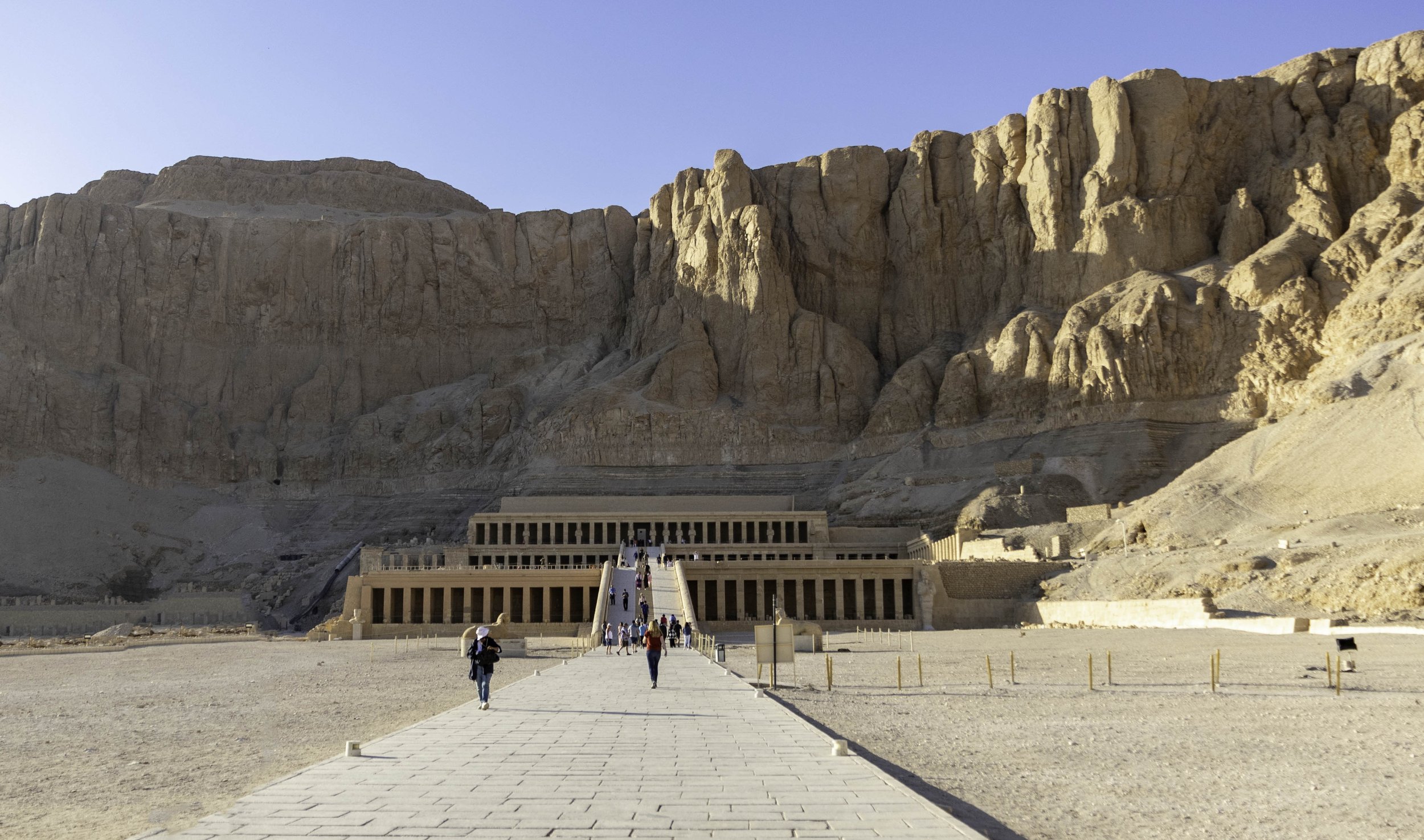




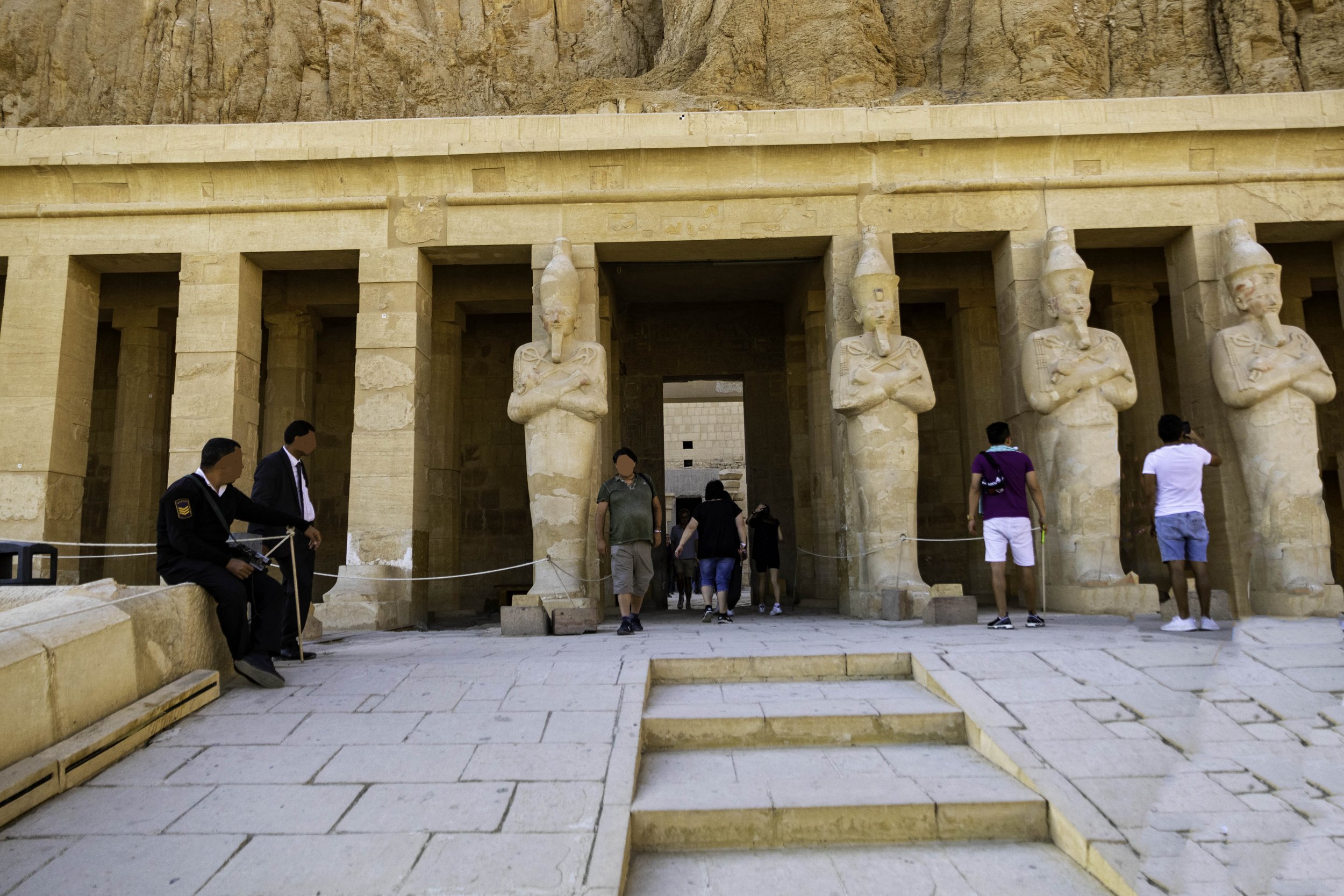











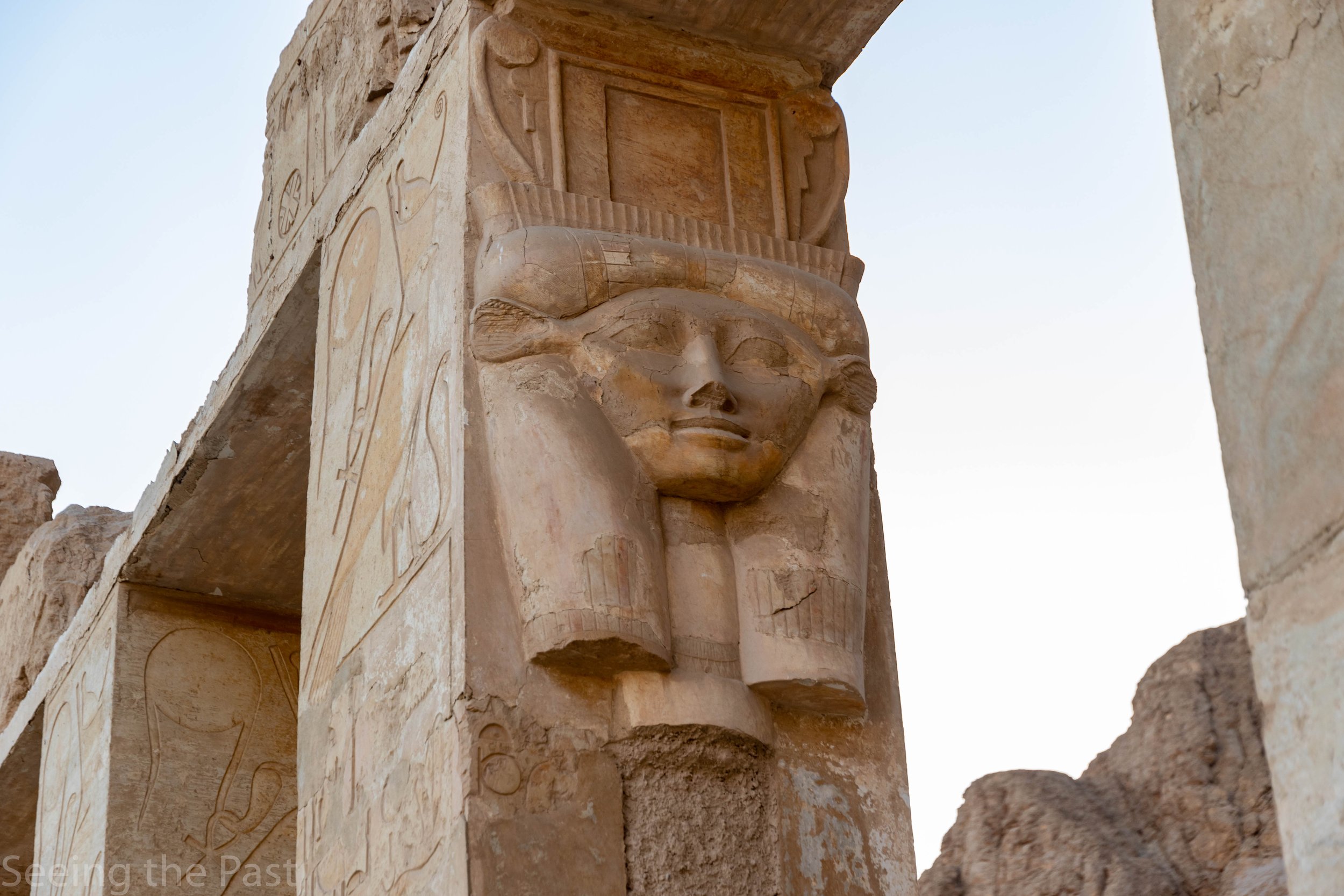

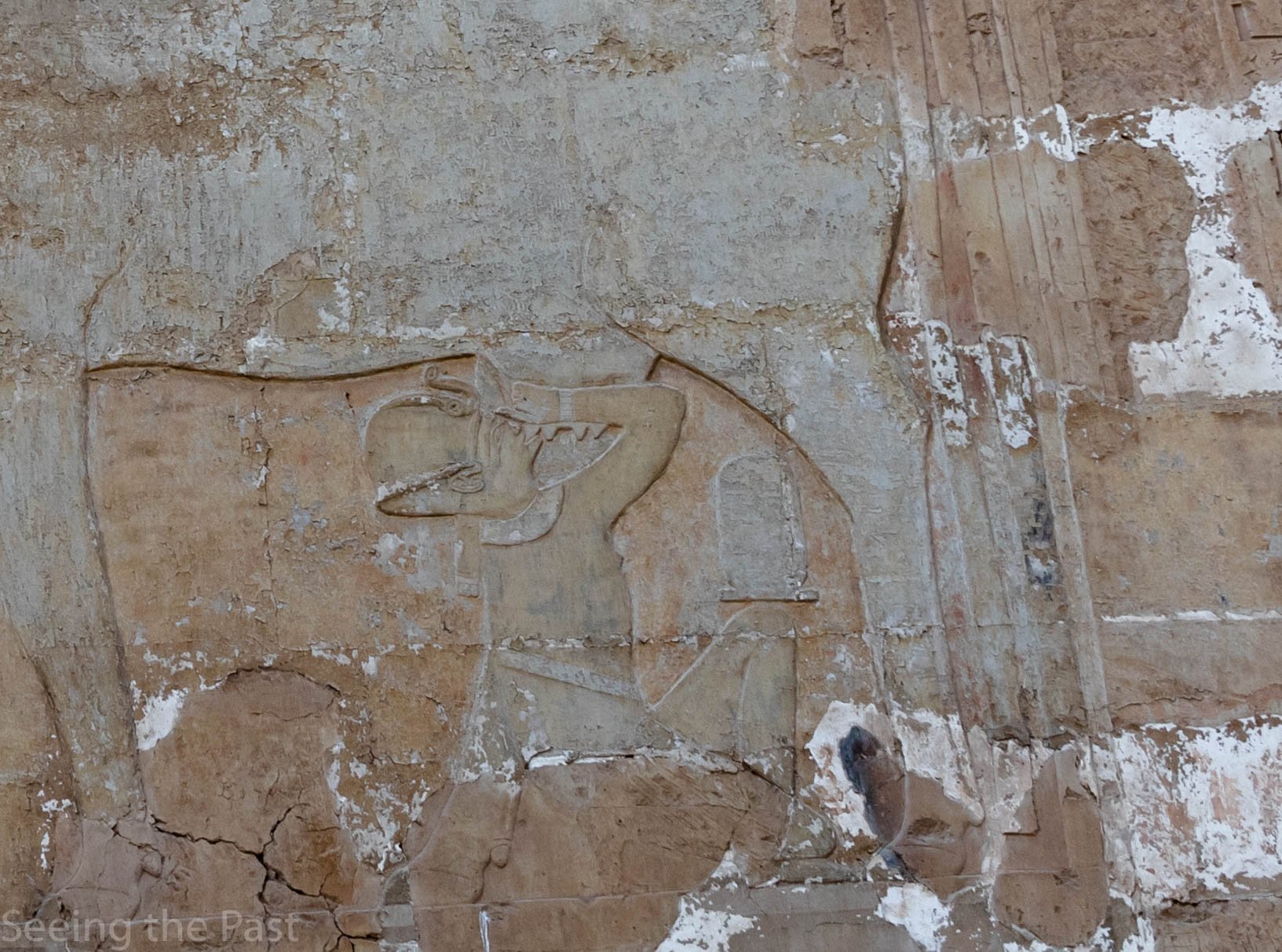







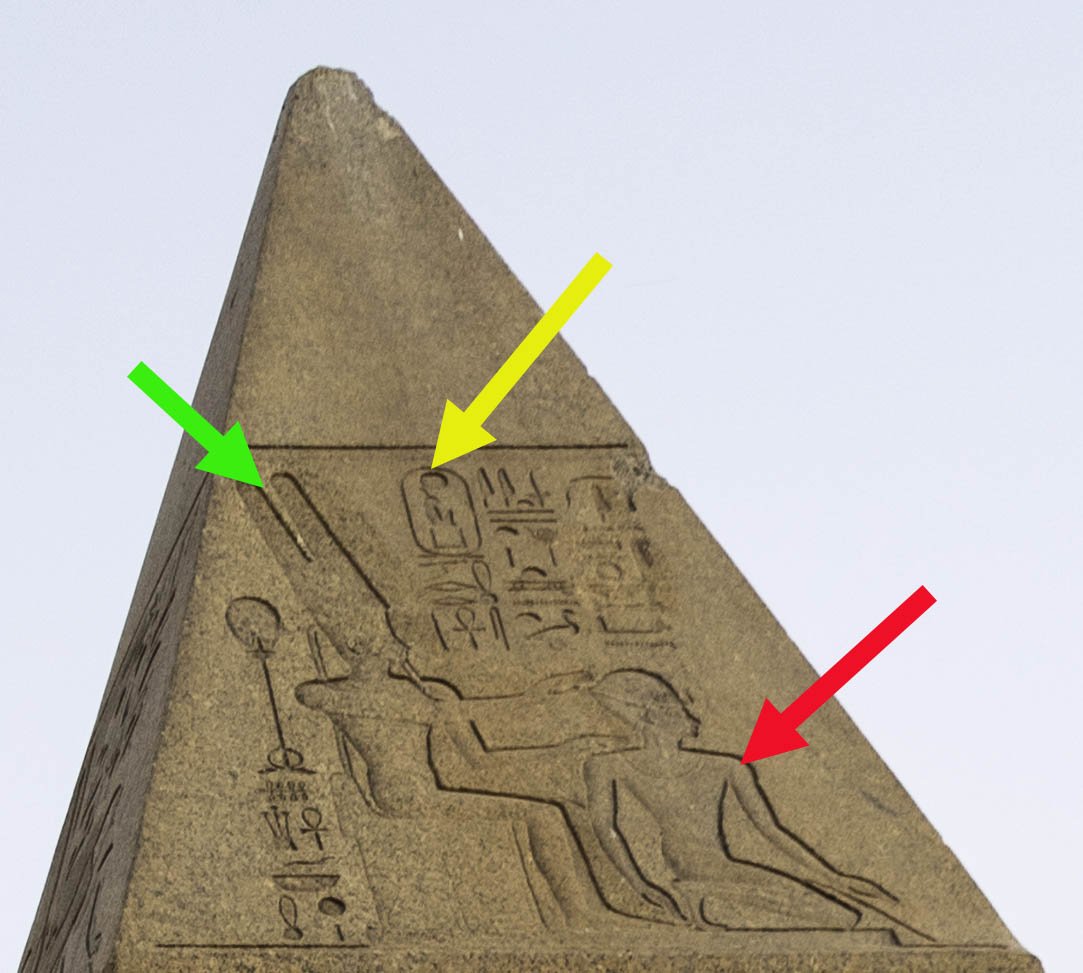














A day’s wandering around this area of Coventry will present you with hundreds of years of history to discover. You will be able to visit the ruins of the 14th and 15th century church of St Michael that became a cathedral in 1918 as well as the new one next door.. About 160 metres away or a two minute walk, is Holy Trinity church with its amazing Medieval “Doom Painting” which some people believe is the best one in Britain. One minute away, is the wonderful and free Herbert Art Gallery and Museum.